Accounting is more than just keeping track of money it’s a vital tool for making informed decisions that drive the success of your business. When structured correctly, accounting provides clear insights into your financial health and supports smarter decision-making. In this blog post, we’ll explore how to structure your accounting to ensure it’s not only accurate but also helpful for strategic decision-making.
1. Set Clear Financial Goals
Before diving into the details of your accounting structure, it’s essential to have clear financial goals. What are you aiming to achieve? Are you looking to increase profits, reduce costs, or expand your business? Knowing your objectives helps in setting up the right financial metrics to track and analyze.
2. Use the Right Accounting Method
There are two main accounting methods: cash-based and accrual-based accounting. Each method has its advantages, and the one you choose depends on your business needs.
- Cash-Based Accounting: This method records revenue and expenses when money is actually received or paid. It’s simple and ideal for small businesses with straightforward transactions.
- Accrual-Based Accounting: Here, revenue and expenses are recorded when earned or incurred, regardless of when cash changes hands. This method provides a more accurate picture of your financial position, especially for larger businesses.
Choose the method that aligns with your business size and complexity, and ensure consistency in its application.
3. Implement a Robust Chart of Accounts
A well-organized chart of accounts (COA) is the backbone of your accounting system. It categorizes all transactions and helps you track income, expenses, assets, liabilities, and equity. Your COA should be customized to reflect your business operations and provide relevant data for decision-making.
Key tips for structuring your COA:
- Be Specific: Break down broad categories into detailed subcategories to give you a clearer view of where money is flowing.
- Keep it Simple: Avoid overcomplicating your chart with too many categories. Focus on what is essential for your business decisions.
- Consistency is Key: Maintain consistent naming conventions for ease of use and reporting.
4. Track Key Financial Metrics
Your accounting structure should include the tracking of key performance indicators (KPIs) that align with your business goals. These metrics provide actionable insights for decision-making. Common KPIs include:
- Gross Profit Margin: Indicates the profitability of your core business activities.
- Net Profit Margin: Shows overall profitability after all expenses.
- Cash Flow: A critical metric for understanding liquidity and operational health.
- Return on Investment (ROI): Helps evaluate the profitability of investments.
Regularly monitor these KPIs to make informed decisions about pricing, cost-cutting, or expansion strategies.
5. Create Financial Reports Regularly
Your accounting system should generate regular financial reports that provide a snapshot of your business’s health. Key reports include:
- Balance Sheet: Shows assets, liabilities, and equity, giving an overall view of your business’s financial position.
- Income Statement (Profit and Loss Statement): Summarizes revenues, expenses, and profits over a specific period.
- Cash Flow Statement: Provides insight into how cash is moving in and out of your business.
These reports are essential for decision-makers, providing transparency and helping you assess your business’s financial strengths and weaknesses.
6. Establish Budgeting and Forecasting Processes
Budgeting and forecasting are essential components of decision-making. With a solid budget in place, you can track actual performance against projected figures, allowing for course corrections when needed.
- Budgeting: Establish a budget that covers key categories such as revenue, expenses, and capital expenditures. This serves as a roadmap for your business and ensures you’re on track to meet your goals.
- Forecasting: Regularly update forecasts based on current performance and market conditions. This helps you anticipate potential challenges and opportunities, guiding strategic decisions.
7. Leverage Accounting Software
Automating your accounting processes can save time and reduce errors. Accounting software like QuickBooks, Xero, or a custom solution can streamline tasks such as invoicing, payroll, and financial reporting. It also enables real-time data analysis, making it easier to make quick, informed decisions.
8. Incorporate a Strong Internal Control System
Internal controls are policies and procedures that help safeguard your assets and ensure the integrity of financial information. A strong internal control system reduces the risk of errors and fraud, which can distort decision-making.
Key elements of internal control include:
- Segregation of duties to prevent fraud
- Regular audits to ensure accuracy
- Clear authorization processes for financial transactions
9. Collaborate with Financial Advisors
If you’re unsure about your accounting structure or need help interpreting financial data, consider working with an accountant or financial advisor. They can offer expert guidance and help you set up a system that aligns with your business goals. A professional can also help with tax planning, financial analysis, and strategic decision-making.
10. Review and Adjust Regularly
Lastly, your accounting structure is not static. Regularly review your financial systems to ensure they are still aligned with your business needs. As your business grows, your accounting structure should evolve to accommodate new challenges and opportunities.
Conclusion
Properly structuring your accounting is essential for making informed business decisions. By setting clear goals, choosing the right accounting method, tracking key metrics, and using the right tools, you can ensure that your accounting not only supports but actively enhances your decision-making process. By staying on top of your financial health, you’ll be better equipped to navigate challenges, seize opportunities, and achieve long-term success.


